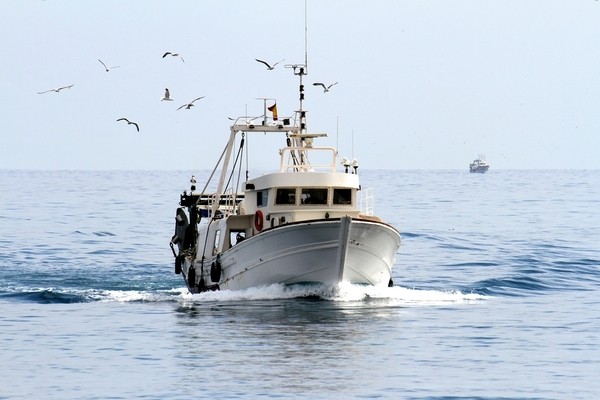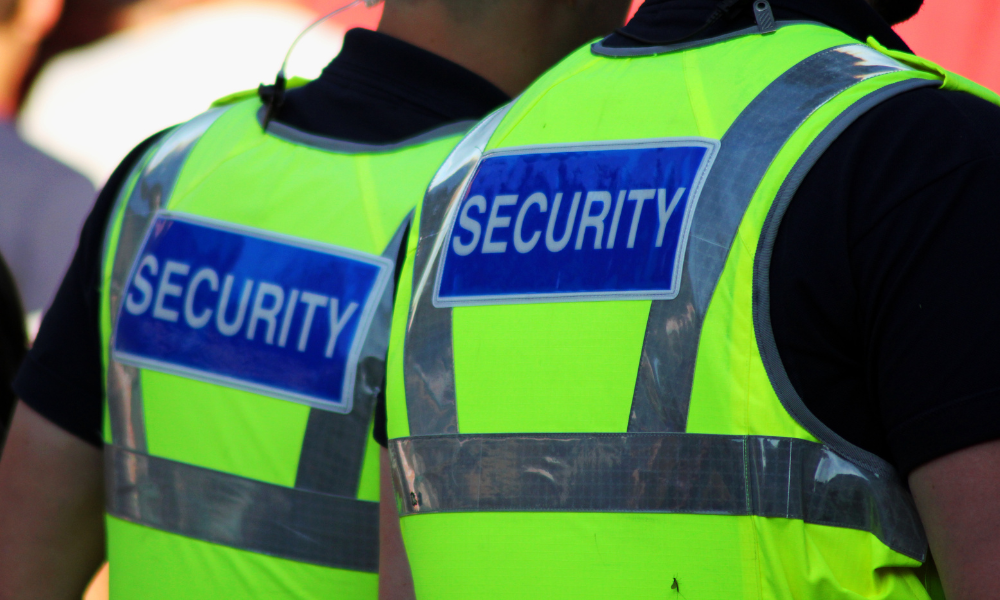In past decade, 24 commercial fishers died in the province

WorkSafeBC has amended its health and safety regulations and is now making it mandatory for all crew members to wear personal flotation devices (PFDs) on fishing vessels.
Previously, crew members were only required to wear a PFD on a fishing vessel when working under conditions that involved a risk of drowning. Now, all crew members on the deck of a fishing vessel must wear a PFD or a lifejacket.
“Commercial fishing is one of the most dangerous occupations in British Columbia and drowning is the leading cause of death among B.C. fishermen,” said Patrick Olsen, manager, prevention field services for WorkSafeBC. “Wearing a PFD reduces the risk of drowning and has been proven to save lives.”
Between 2007 and 2018, there were 24 work-related deaths in the commercial fishing industry, with 15 of those related to drowning.
The amendments to Part 24 of the Occupational Health and Safety (OHS) Regulation, which regulates diving, fishing and other marine operations, took effect on June 3.
“No matter what your role is on the vessel, crew safety affects everyone,” Olsen said. “We are addressing the specific hazards of commercial fishing to better ensure crew member safety.”
The changes are in light of the Transportation Safety Board’s recommendations after three fishers were killed when the Caledonian capsized in September 2015. The only crew member who survived was wearing a PFD.
Previously, crew members were only required to wear a PFD on a fishing vessel when working under conditions that involved a risk of drowning. Now, all crew members on the deck of a fishing vessel must wear a PFD or a lifejacket.
“Commercial fishing is one of the most dangerous occupations in British Columbia and drowning is the leading cause of death among B.C. fishermen,” said Patrick Olsen, manager, prevention field services for WorkSafeBC. “Wearing a PFD reduces the risk of drowning and has been proven to save lives.”
Between 2007 and 2018, there were 24 work-related deaths in the commercial fishing industry, with 15 of those related to drowning.
The amendments to Part 24 of the Occupational Health and Safety (OHS) Regulation, which regulates diving, fishing and other marine operations, took effect on June 3.
“No matter what your role is on the vessel, crew safety affects everyone,” Olsen said. “We are addressing the specific hazards of commercial fishing to better ensure crew member safety.”
The changes are in light of the Transportation Safety Board’s recommendations after three fishers were killed when the Caledonian capsized in September 2015. The only crew member who survived was wearing a PFD.





